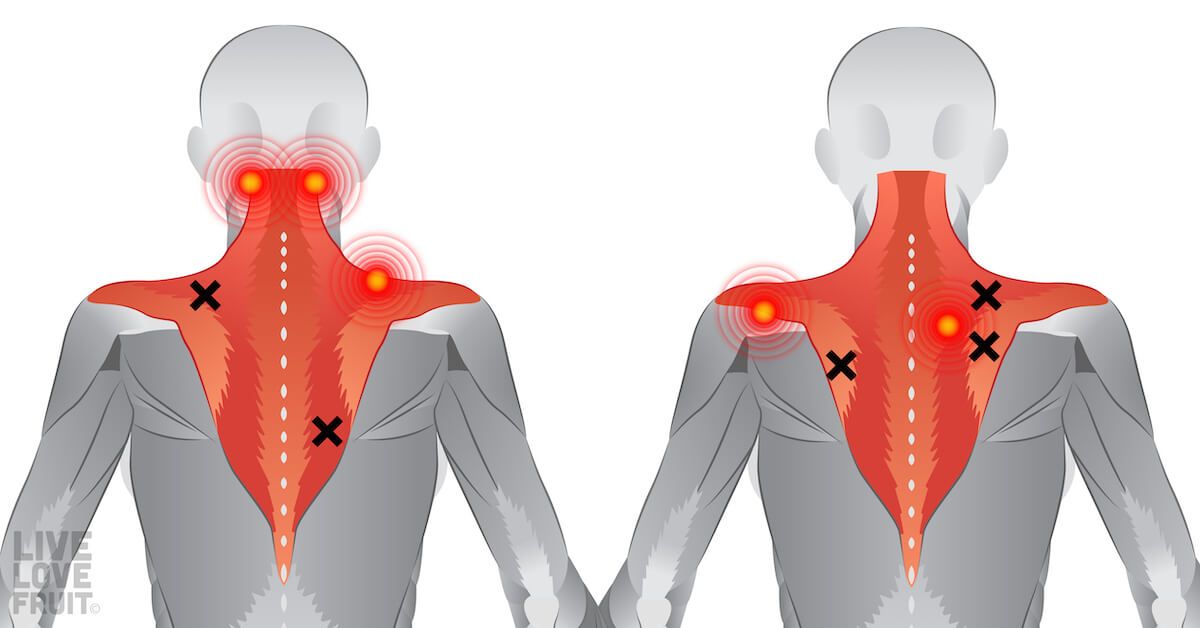
How can stiff and tight muscles result in back pain? This question takes center stage as we delve into the intricate connection between musculoskeletal health and spinal well-being. Understanding the physiological mechanisms at play is crucial for effectively managing and preventing back pain.
Today, happy mother’s day sis , is a special occasion to celebrate all the wonderful mothers out there. Whether you’re looking to lose some exercises for lower back fat or simply want to wish a happy heavenly mother’s day to your loved ones, there’s something for everyone.
Don’t forget to share happy mothers day wishes for all moms and brighten their day. Remember, even snoopy happy mother’s day wishes can make a big difference.
Stiff and tight muscles can significantly impact spinal alignment, flexibility, and nerve function, leading to a cascade of symptoms that manifest as back pain. Let’s explore the underlying causes and explore strategies for maintaining muscle health and preventing the onset of debilitating back pain.
How Can Stiff and Tight Muscles Result in Back Pain?

Stiff and tight muscles are common causes of back pain. They can limit range of motion, flexibility, and spinal alignment, leading to discomfort and pain.
Celebrate the special bond between sisters with a heartfelt message of happy mother’s day sis . Meanwhile, those seeking to enhance their fitness can find guidance in a comprehensive guide to exercises for lower back fat . As we remember those who have passed, let’s send our love and prayers with happy heavenly mother’s day messages.
To all the wonderful mothers, we extend our heartfelt wishes for a joyful happy mothers day wishes for all moms . And to bring a smile to your loved ones, share the adorable snoopy happy mother’s day greeting.
Stiff Muscles and Their Impact on Back Pain
Stiff muscles are muscles that have lost their flexibility and range of motion. This can be caused by a variety of factors, including inactivity, poor posture, and muscle injuries.
When muscles are stiff, they can put strain on the back, leading to pain. This is because stiff muscles can restrict the range of motion in the spine, making it difficult to move and perform everyday activities.
Some of the specific muscle groups that, when stiff, can contribute to back pain include:
- The erector spinae muscles, which run along the spine and help to support the back.
- The quadratus lumborum muscles, which are located on either side of the spine and help to rotate the torso.
- The hamstrings, which are located on the back of the thighs and help to bend the knees.
- The calf muscles, which are located on the back of the lower legs and help to point the toes.
Tight Muscles and Back Pain
Tight muscles are muscles that are shortened and contracted. This can be caused by a variety of factors, including overuse, repetitive movements, and poor posture.
When muscles are tight, they can pull on the spine, leading to pain. This is because tight muscles can misalign the spine, putting pressure on the nerves and causing pain.
Some of the common causes of tight muscles include:
- Poor posture
- Lack of exercise
- Repetitive movements
- Muscle injuries
How Stiff and Tight Muscles Contribute to Back Pain
Stiff and tight muscles can contribute to back pain in a number of ways. These include:
- Inflammation:Stiff and tight muscles can cause inflammation, which can lead to pain.
- Muscle spasms:Stiff and tight muscles can also lead to muscle spasms, which are involuntary contractions of the muscles. These spasms can be very painful.
- Nerve compression:Stiff and tight muscles can put pressure on the nerves in the back, leading to pain, numbness, and tingling.
The following table summarizes the different types of back pain caused by stiff and tight muscles, along with their associated symptoms:
| Type of Back Pain | Symptoms |
|---|---|
| Muscle strain | Pain, stiffness, and tenderness in the affected muscle |
| Muscle spasm | Sudden, involuntary contraction of the muscle, causing severe pain |
| Nerve compression | Pain, numbness, and tingling in the area of the compressed nerve |
| Spinal misalignment | Pain, stiffness, and reduced range of motion in the spine |
Preventing Back Pain Caused by Stiff and Tight Muscles, How can stiff and tight muscles result in back pain?
There are a number of things you can do to prevent back pain caused by stiff and tight muscles. These include:
- Stretching:Stretching can help to improve flexibility and range of motion in the muscles, reducing the risk of stiffness and tightness.
- Strengthening exercises:Strengthening exercises can help to build strong muscles that are less likely to become stiff and tight.
- Lifestyle modifications:Lifestyle modifications, such as maintaining a healthy weight and avoiding smoking, can help to reduce the risk of back pain.
The following table provides a sample exercise program for improving muscle flexibility and reducing back pain:
| Exercise | Sets | Repetitions |
|---|---|---|
| Hamstring stretch | 3 | 10-15 |
| Calf stretch | 3 | 10-15 |
| Quadriceps stretch | 3 | 10-15 |
| Lower back stretch | 3 | 10-15 |
Summary

In conclusion, understanding the relationship between stiff and tight muscles and back pain empowers individuals to take proactive steps towards maintaining spinal health. By incorporating stretching, strengthening exercises, and lifestyle modifications into daily routines, we can effectively prevent and manage back pain, ensuring optimal mobility and well-being.
FAQ Insights
What are the common causes of stiff and tight muscles?
Poor posture, lack of exercise, repetitive movements, and muscle imbalances are common causes of muscle stiffness and tightness.
How do stiff and tight muscles contribute to back pain?
Stiff and tight muscles can limit range of motion, compress nerves, and cause inflammation, leading to back pain.
What are some effective ways to prevent back pain caused by stiff and tight muscles?
Regular stretching, strengthening exercises, and maintaining good posture can help prevent back pain caused by muscle stiffness and tightness.
When should I seek professional medical attention for back pain caused by stiff and tight muscles?
If back pain is severe, persistent, or accompanied by other symptoms such as numbness or tingling, it is advisable to seek professional medical attention.





